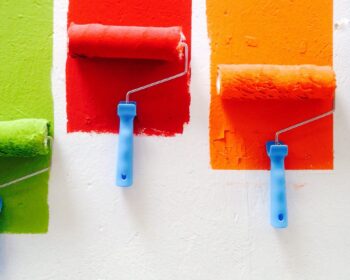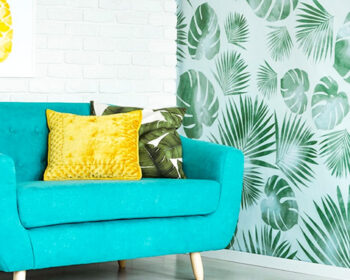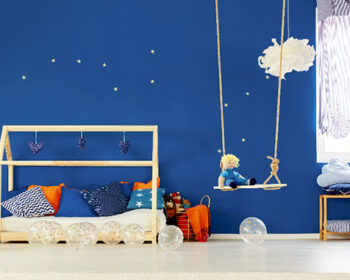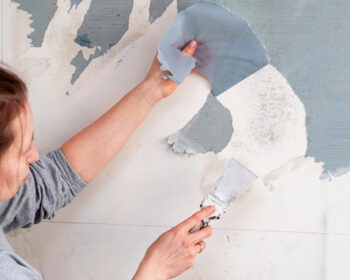
Cabinet Paint Peeling Off to Soon? Pay Attention to These Things
You’ve spent a lot of time and money to paint your cabinets. Despite your best efforts, the paint started to peel off. It flakes or chips off, has visible bubbles under it, or is so covered with tiny cracks that it resembles alligator skin. What cause this to happened? How do you causing this? How would you save your cabinet painting job if you don’t want to spend a lot of money on new cabinets?
The paint on your kitchen, bathroom, or workshop cabinets may be peeling for a variety of reasons.
The paint was applied too thick
Most paint works require many layers thin coats of paint with sufficient drying time in between. Paint layers which applied too thickly by an impatient painter result in a weak coating that peels away like a thin sheet of plastic. Try using a paint sprayer for consistent, thin coats if you tend to over-apply paint with a brush or roller.
The cabinet surfaces are not cleaned thoroughly before painting.
It’s amazing how even the tiniest bit of dust, dirt, or stickiness will spoil a cabinet’s finish. A thorough clean with a degreaser and scrub pads always has to be the first move of kitchen cabinet repainting. A thorough cleaning provides a decent base for your primer to stick to. To clean, use a new, slightly moist cloth to scrub the whole surface. Allow the surface to fully dry before wiping it down with a dry cloth or paper towel to ensure you’ve properly washed the kitchen cabinet surface.
The paint didn’t fully dryed
Paint that looks and feels dry isn’t necessarily cured. Some paints will take up to a month to cure entirely, and humidity slow the process. When working on a DIY job, make sure you’ve read, understood, and followed the instructions for the paint you’re using. Allow enough time for the paint to dry completely before placing furniture, decorations, or other objects directly against the painted surface.
Cabinets finished with a glossy, laminated, or waxy finish need extra attention.
Various types of finishes used in cabinet painting or cabinet finishing may have an effect on the next coat of paint that is added on top. They might be glossy, waxy, or laminated surfaces. This type of finish prevents a fresh coat of paint from adhering to the cabinet wall. Thorough cleaning and scraping the surface are needed before applying a high-quality, high-bonding primer. Many professional house painters in Melbourne use primer made of shellac and you should too. It will dry quickly and prepare the surface for the finish coats. Shellac-based primers also have the added benefit of being mold and mildew resistant, which may be important in high-humidity areas of your home such as kitchens, bathrooms, and possibly your basement and garage.





